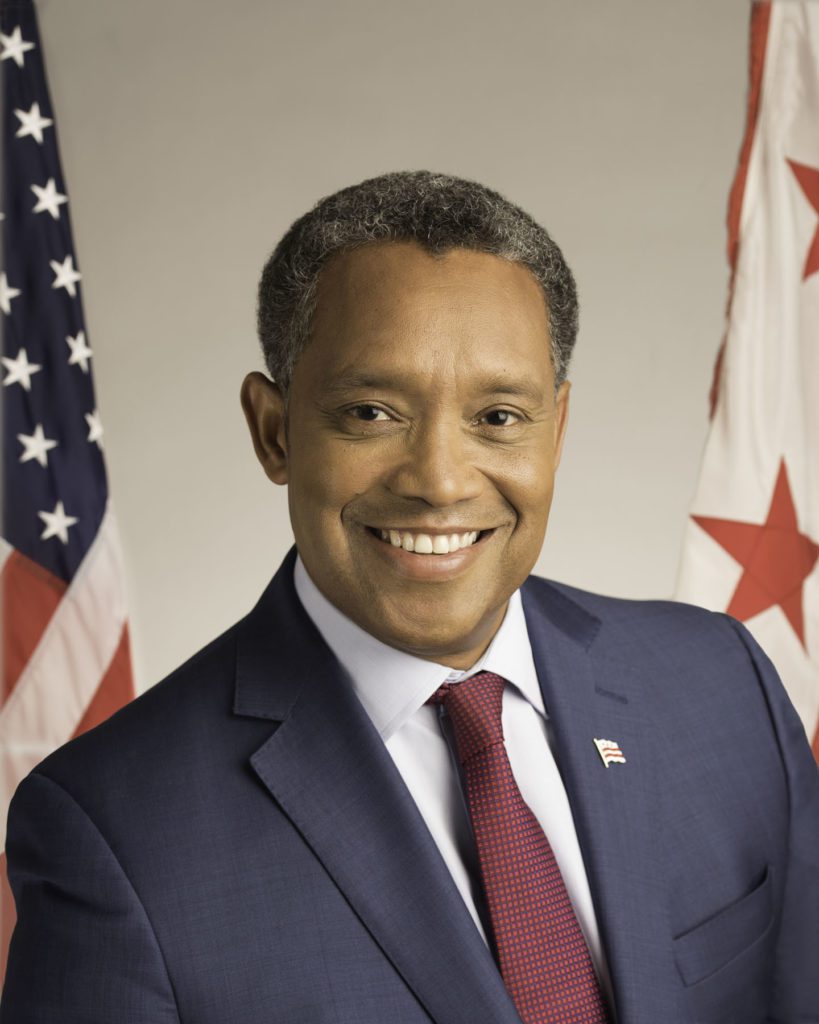Trump Rescinds DACA: Dealing With the DREAMers
By • September 7, 2017 0 610

On Tuesday, Sept. 5, U.S. Attorney General Jeff Sessions announced President Donald Trump’s order to rescind DACA, the Deferred Action for Childhood Arrivals program. That was President Barack Obama’s June 2012 executive order to grant temporary prosecutorial discretion — or “deferred action,” a waiver from deportation — for two years on a case-by-case basis to those who qualified: some 800,000 individuals nationwide who have come to be known as DREAMers. (The term refers to the DREAM Act, a bill that has failed to become law, in which DREAM is an acronym for Development, Relief, and Education for Alien Minors.)
In 2014, President Obama extended DACA for another two years, also granting temporary work permits, an action that some say went beyond his constitutional authority.
Today, Thursday, Sept. 7, D.C.’s Attorney General Karl A. Racine joined a coalition of 16 state attorneys general that has filed a lawsuit in New York federal court to stop the phasing out of DACA. In doing so, Racine, who called terminating DACA “cruel,” is seeking to “protect” the 800-some program participants who live in the District. Earlier this year, Mayor Muriel Bowser launched a grant program that awarded $500,000 to 10 nonprofit organizations to be used to defend illegal (also known as “undocumented”) immigrants from deportation. Another $500,000 has been allocated for 2018.
Now Congress has six months to decide what to do about the DACA program and the dilemma of millions of immigrants living and working illegally in this country. The next six months could be a turning point; in considering the status of DREAMers (or at least some of them), Congress finally will be forced to clearly establish who can immigrate to the U.S., who can stay and who can’t and how to handle enforcement.
It’s complicated. The issue isn’t binary. Most reasonable citizens agree that not all illegal immigrants should be legalized — nor should they all be deported. But it’s time to understand the basics.
One basic is that Congress and only Congress gets to decide who can immigrate, that is, come into the country with the intention of staying and working for an extended length of time, not as a short-term traveler or a tourist. Congress also decides the penalties for violating immigration laws and how those laws are enforced.
There are essentially three types of immigrants: permanent (green-card holders), temporary (students, scholars, agricultural workers, skilled workers, etc.) and illegal. Only green-card holders can apply for citizenship (after five years). An increasing percentage of illegal immigrants are people who entered the country as temporary permit holders and overstayed the permits when they expired.
It is only a misdemeanor to be in the country illegally. However, it is a deportable misdemeanor. To knowingly use a false ID and to reenter the country after having been deported or “removed” are felonies and highly deportable violations. Prosecutorial discretion does not excuse these felonies.
Two things are clear. Many if not most DREAMers were not infants or toddlers “brought into the country” by their parents. For many DREAMers, the United States is not the only country they’ve ever known. By definition, DREAMers are between the ages of 18 and 32 — millennials, young adults. Like American kids, most are independent.
DACA applicants have to apply individually and meet certain qualifications. Mainly, DACA applicants had to show documentation proving they came into the country before age 16, legally or illegally, and stayed in the country illegally (without authorization or documentation) for at least five contiguous years before age 32.
A new DREAM Act proposal by Senator Dick Durbin (D-Illinois) wants to extend DREAMer eligibility to age 35. Some argue that it should be limited to those who were brought into the country by their parents under the age of 10 or 12 (the ruling at present only uses the phrase “came in”). Some say DREAMers have to have graduated from high school or gotten a GED by age 25. Some say an English language requirement should be added.
One unfair aspect that should be addressed is that, at present, the DREAM legislation and DACA only applies to those illegally in the country. Children of temporary visa holders, such as doctors, scholars and business people, who only are allowed to stay six years, do not get a pathway to citizenship once they graduate from high school.
A comprehensive and, hopefully, civil discussion needs to evolve around DREAMers, this special group of immigrants who came in as minors. There are many Republican proposals to legalize them; one called the KIDS Act was rejected completely by Democrats in July of 2013 because it wasn’t part of a comprehensive package.
Over the next six months, both sides in Congress will need to do the hard work of legislative negotiation and compromise. Many if not most of their constituents are demanding it.

